Description
Uses of Panchranga (A Set of 5 Colors) in Hindu Pooja
**Panchranga** (also spelled *Pancharanga* or *Pachranga*) refers to a sacred set of **five colors** used in Hindu rituals and deity worship. These colors hold symbolic and spiritual significance, often representing divine energies, purity, and auspiciousness.
The Five Colors & Their Uses in Pooja
1. **Kumkum (Red Vermilion)** – Symbolizes power and devotion; applied as a *tilak* on the forehead of deities and devotees.
2. **Turmeric (Yellow/Peeli Haldi)** – Represents purity and prosperity; used in offerings and *abhishekam* (sacred bathing of idols).
3. **Sandalwood Paste (White Chandan)** – Signifies peace and spirituality; applied on deities or forehead for cooling effects.
4. **Rice (White Akshata)** – Uncooked rice grains mixed with turmeric or kumkum, offered as a symbol of abundance.
5. **Charcoal/Ash (Bhasma or Vibhuti)** – Represents detachment and Lord Shiva’s blessings; used in rituals, especially by Shaivites.
#### **Ritual Applications:**
– **Deity Decoration (Alankaram)** – Used to adorn idols (e.g., dots of kumkum and chandan on a murti).
– **Tilak & Blessings** – Applied on devotees’ foreheads after worship.
– **Offering (Naivedya)** – Mixed with flowers or rice as a sacred offering.
– **Yantras & Mandalas** – Used in drawing sacred geometric patterns.
Panchranga enhances the spiritual ambiance of Pooja, connecting devotees with divine energies.

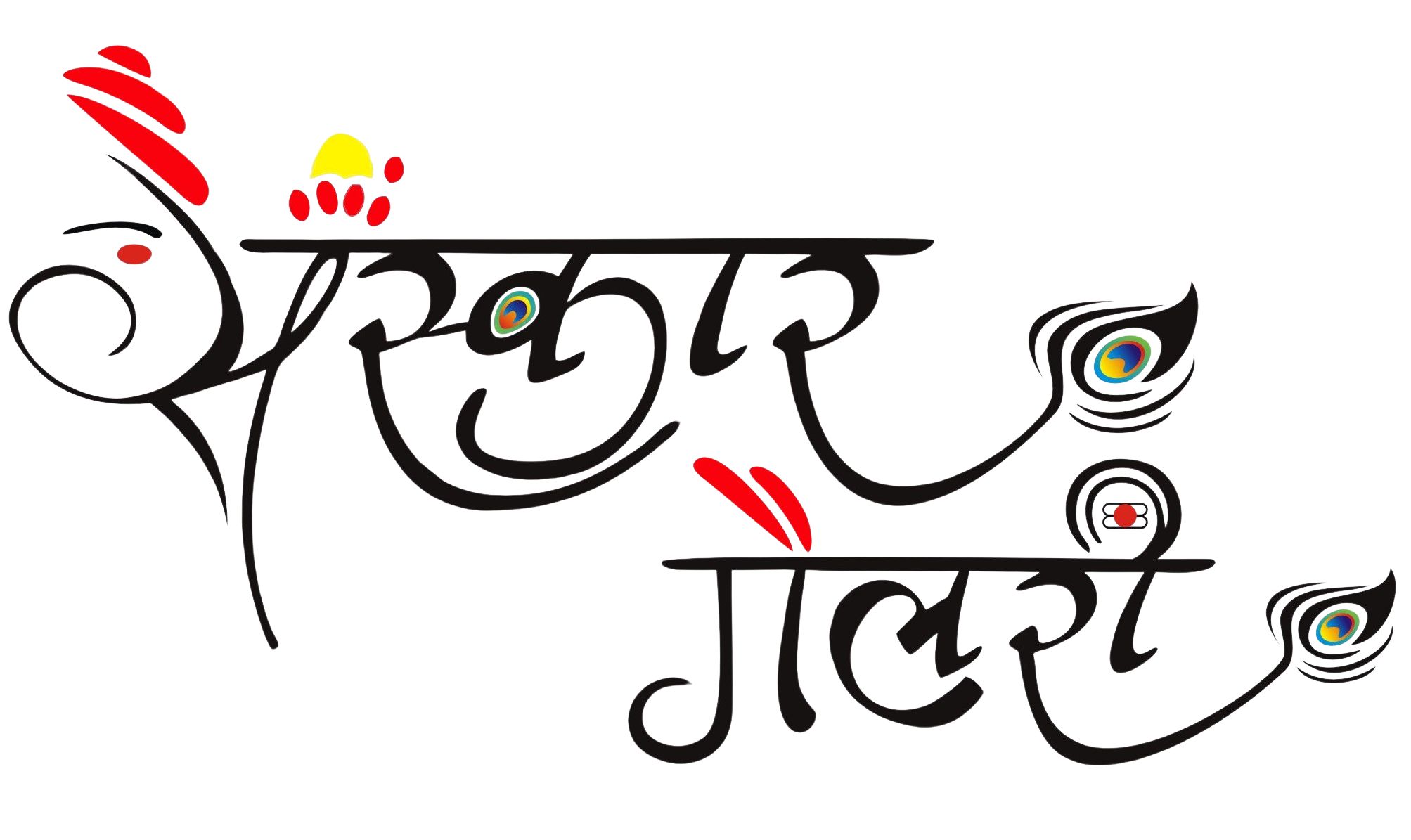
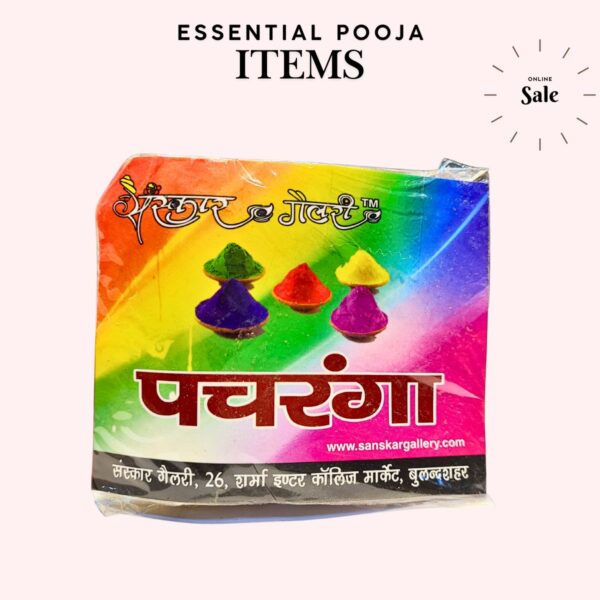
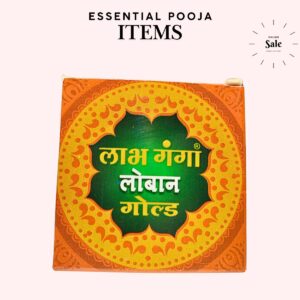
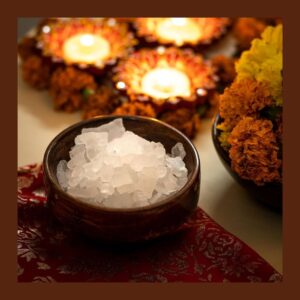
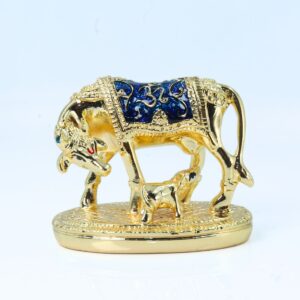
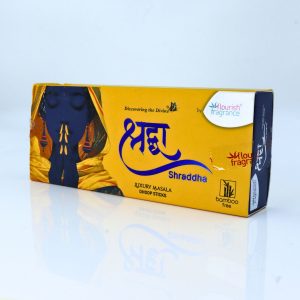
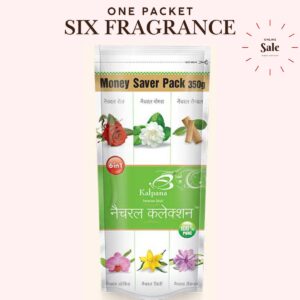
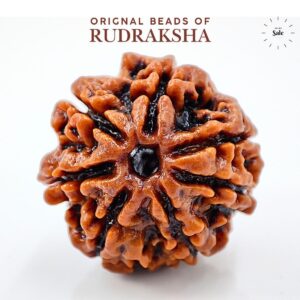
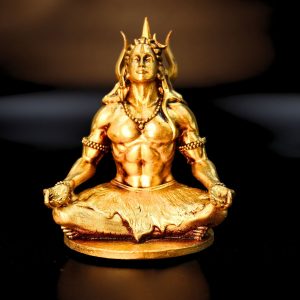

Reviews
There are no reviews yet.